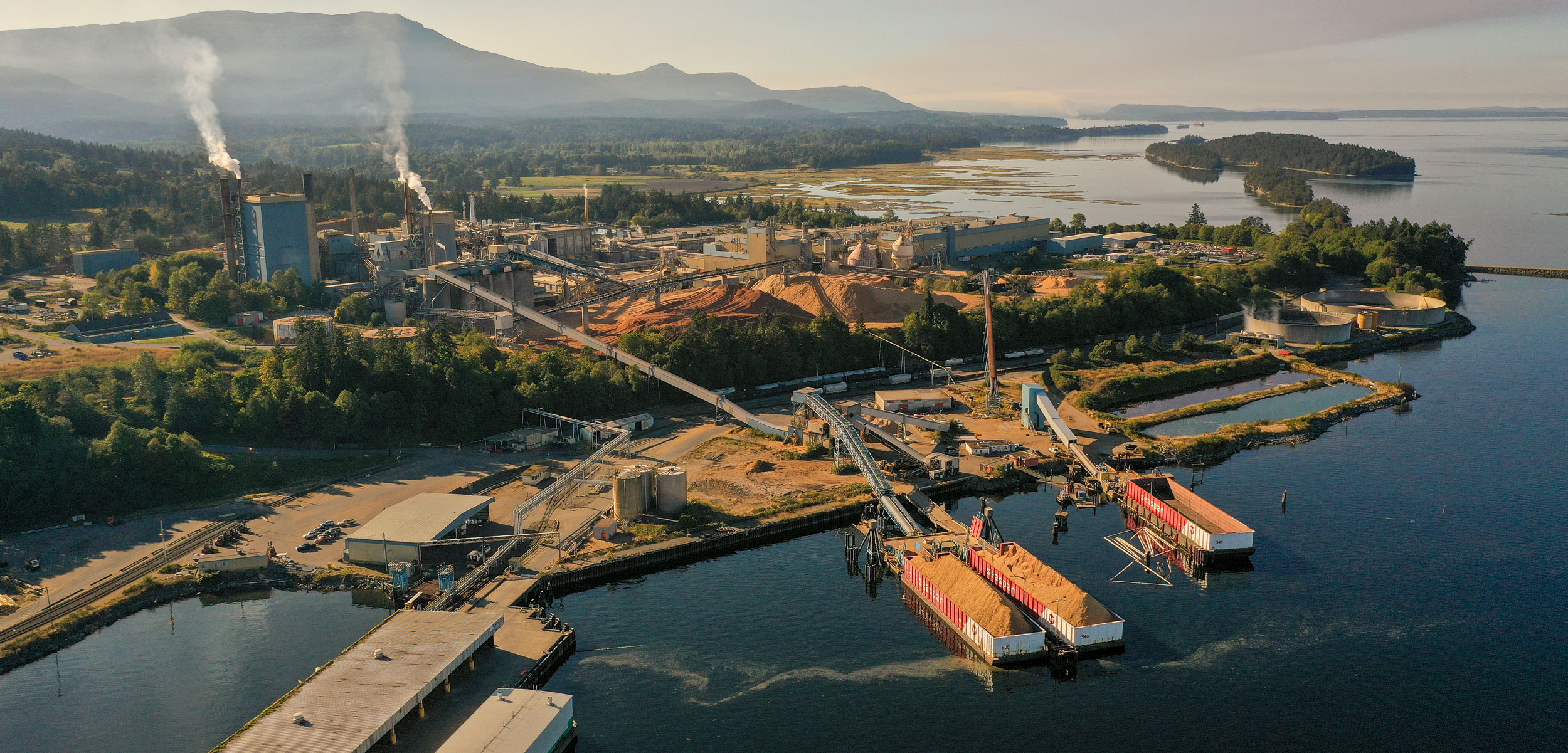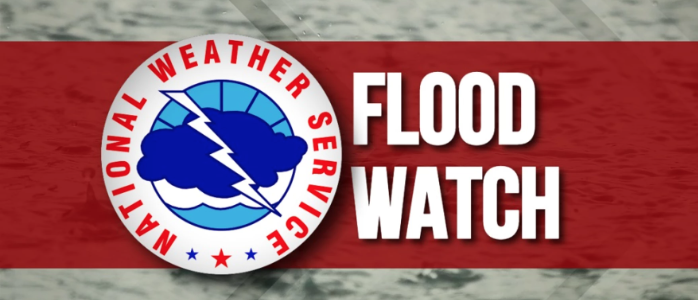Coastal communities around the world contend with the toxic legacies of pulp and paper mills.
||| FROM HAKAI MAGAZINE ||| REPRINT AT REQUEST OF ORCASONIAN READER

Opened in 1957, this pulp and paper mill in Crofton, British Columbia—like many coastal mills around the world—leaves behind a legacy of toxic pollution in sediments and marine animals. Photo by Grant Callegari
But it would be naive to think that in Canada and elsewhere over the decades there has not been a balancing act between good-paying mill jobs and tax revenue versus environmental protection.
A review of British Columbia’s Natural Resources Compliance and Enforcement Database for the first eight months of 2022 reveals that nine pulp mills—including Crofton—have been cited by the province for a slew of violations ranging from unauthorized air and water emissions to failing to inform the province of problems on a timely basis.
Currently, there are 13 pulp mills operating in British Columbia.
A research paper by Dalhousie University and the Nova Scotia Department of Environment and Climate Change, also published in 2022, concluded that the pulp and paper industry is a major contributor to water and air pollution globally and an intensive consumer of energy.
And an analysis of the National Pollutant Release Inventory—a federal database compiled by Environment and Climate Change Canada—shows that the pulp and paper sector claimed seven of the top 10 spots on a federal list of industrial water polluters in British Columbia in 2018 and four of the top 10 spots for air pollutants.
“Wow, those are astonishing statistics,” says Tony Walker, an associate professor in the School for Resource and Environmental Studies at Dalhousie. “You don’t want to be atop the leader board for those kind of emissions.”
The industry has faced some tough economic challenges, for example a sharp decline in newsprint business as newspapers across North America close, downsize, or shift to digital. Crofton responded by producing not just paper but packaging-grade products, including brown bags for fast-food outlets—the sort of items people use every day and often prefer to plastic.
“There’s a big shift in making pulp and paper mills more diversified,” says professor Orlando Rojas, scientific director of the BioProducts Institute at the University of British Columbia (UBC). “This is the way we’re going in the future.”
**If you are reading theOrcasonian for free, thank your fellow islanders. If you would like to support theOrcasonian CLICK HERE to set your modestly-priced, voluntary subscription. Otherwise, no worries; we’re happy to share with you.**






